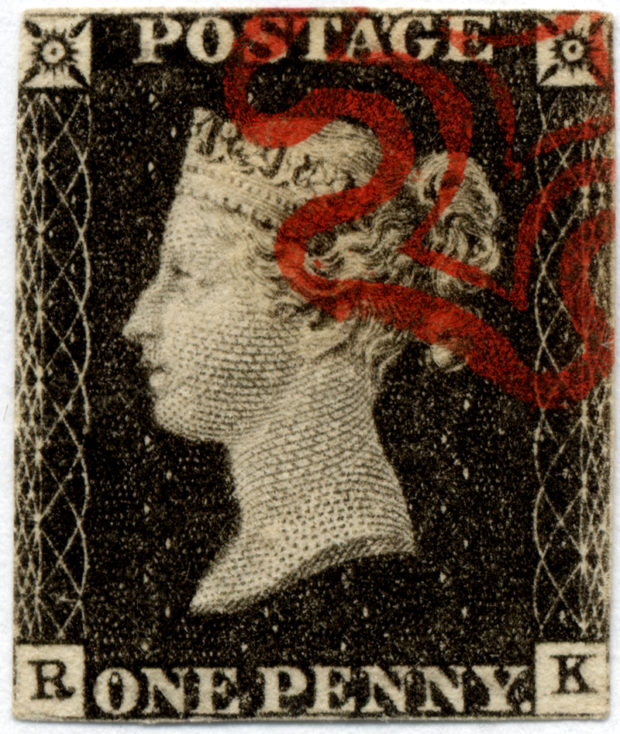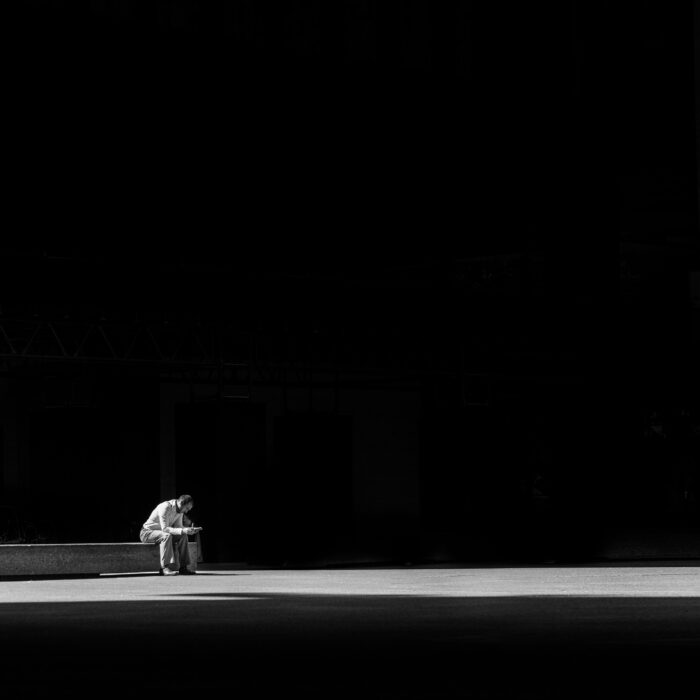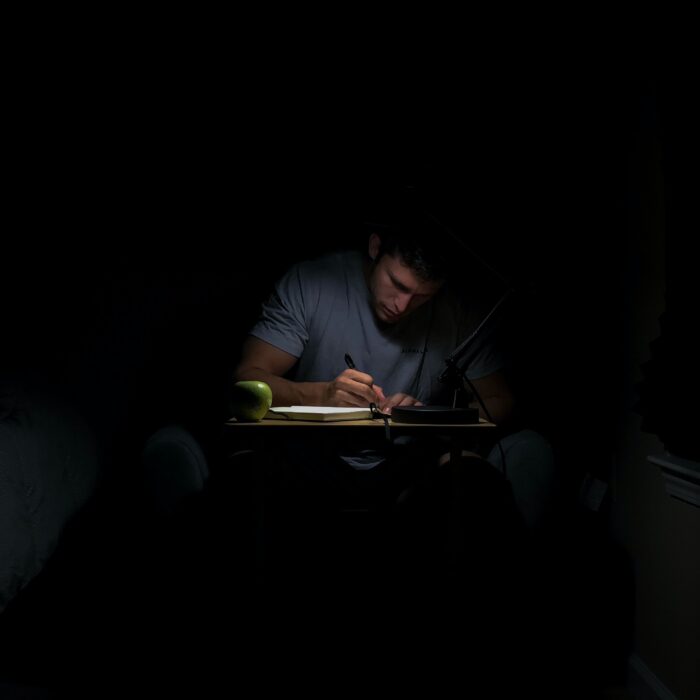You have no items in your cart. Want to get some nice things?
Go shopping
Our friendship began in the dying days of the handwritten letter. Back in 2001, as young English teachers in rural Japan, we each still looked forward to the arrival of post. We fondly remember the contents of our mailboxes: manila envelopes painstakingly inked with addresses unfamiliar to their British senders; sky-blue aerogrammes; cardboard packages plastered with the Queen’s crowned profile repeated on backgrounds of royal purple, magenta and tangerine. We each used to make a ritual of the mail, holding off on opening news from home until our antiquated kettles had whistled on the stove. We both recall the experience of settling down to read with steaming cups of Yorkshire tea.
We had recently set up our very first personal email accounts – which we checked every few days, in our separate school staffrooms, sitting at a communal computer with our colleagues invariably looking over our shoulders. But it felt far more rewarding to receive handwritten post. Friends and family tended to voice more intimate thoughts on the page than the screen, expressing things that they could not have spoken even in person. Time would slow during these letter-reading rituals, the paper rustling between our fingers as each of us focused on the words of our correspondent. And so, despite living so far from our loved ones, in some ways they felt very close.
We’ve both kept the stacks of letters we received during that time, and have come to think of the dozens we penned in reply as part of our own writers’ apprenticeships.
Although we’d never talked to each other of our literary ambitions, we were both scribbling stories in secret. But it would take us almost a year of friendship to ‘come out’ to each other as aspiring authors. We well recall the eccentric garlic-themed restaurant in a local shopping arcade where this confession took place – there we admitted that we’d both been writing at school during the lengthy breaks between classes. In that moment, we each realised that the person sitting on the other side of the table had just set out on the same literary journey – one which we could now make together.
The thousands of messages that pinged between our email accounts during the following months and years map out our route’s uneven terrain. From one inbox to another, we’ve entrusted everything from very earliest drafts to long-laboured-over manuscripts; joyful news of literary successes to crushing disappointments alike. We’d always hoped that we might somehow find a way to write together.
Now that we’ve realised this dream – as co-authors of A Secret Sisterhood, which tells the stories of the literary friendships of Jane Austen, Charlotte Brontё, George Eliot and Virginia Woof – we spend many hours each week sitting side-by-side at the same desk. During times apart, we keep in touch by email, often sending multiple messages over the course of a single day. But this endless on-line conversation has taken on a workaday quality: intimacy too often squeezed out by joint lists of tasks, thoughtful reflection pushed aside in an effort to keep things brief. Skimming through the contents of our inboxes, other messages building up, we both sometimes long for the slower rhythms of the past. A part of us envies the time when many a writer’s day began with the pleasure of poring over newly-arrived post and ended perhaps with neat, monogrammed letters left out on a tray in the hall.
It was to these letters that we turned when we embarked on research for our book. On beginning to read the surviving correspondence of Austen, Brontë, Eliot and Woolf, we were able to decipher the outlines of these authors’ close bonds with other literary women – relationships once vibrant, though now blurred around the edges. But as we immersed ourselves in their letters, the friendships of the Western world’s most famous female writers came into sharp focus.
It turned out that Jane Austen, allegedly so meek and mild, had kindled a spark of rebellion. Defying her much-loved kith and kin, in 1804 she struck up a radical friendship with one of the family’s servants. Anne Sharp, an amateur playwright and governess to Austen’s beloved niece, was a woman of keen intelligence, sharp wit and independence of spirit. These qualities, so admired by Austen, were the cause of much disapproval from her more conservative relatives. This meant that she had to constantly weigh her friendship with Sharp against the duty she owed her family.
Domestic loyalty looms larger still in the popular mythology of Charlotte Brontë. We had thought of her as a solitary individual, isolated in a gloomy moorland parsonage, with only her family for company. But she actually enjoyed a lively friendship with the feminist writer Mary Taylor, who she met in 1831 when they were both bookish adolescent students at Miss Wooler’s boarding school. The two were drawn together by their fiery intelligence, but they were profoundly different in almost every other way. While the more socially conservative Brontё regarded herself as a Tory, Taylor hailed from a family of radical non-conformists; the schoolgirl Brontё’s looks were considered unattractive, whereas Taylor was deemed “too pretty to live”; and while Taylor expressed her needs with earthy simplicity, Brontё’s letters could at times reach the heights of passion. Their friendship paints a picture of two enormously forthright mid-nineteenth century women, groping to find a space for themselves in a rapidly changing world.
Unlike Brontё and Taylor who became friends in their youth, George Eliot and Harriet Beecher Stowe grew acquainted once they were already the most famous female authors either side of the Atlantic. Eliot sought out the bestselling author of Uncle Tom’s Cabin by sending friendly words of greeting via a mutual friend. In 1869, Stowe, whose stratospheric literary stature surpassed Eliot’s own, sent a letter from her Florida orange-grove home to the British novelist’s north London address. Although the two were never able to meet, over the following decade and more, right up until Eliot’s death in 1880, they formed a deeply personal bond on the page. They discussed their work, celebrated each other’s successes, and confided in each other about their experiences of negative press. Separated by thousands of miles of sea and land, in some senses the pair, whose personalities were markedly different, cultivated a greater intimacy in their letters than might have proved possible had they lived close by.
Of all the collaborations that we uncovered during research for our book, the most complex, perhaps, is the relationship between Katherine Mansfield and Virginia Woolf. We’d seen Woolf as a lofty figure – the high priestess of female modernism, who had trampled on her peers to reach her lonely place at the top. And Mansfield with her capacity to deceive hardly appeared more sisterly. But we discovered that the pair, who met during the dark days of the Great War, exchanged dozens of letters and gave each other gifts of coffee and columbine plants, Belgian cigarettes and loaves of bread. For a time, during one of Mansfield’s bouts of illness, Woolf even made the long weekly trip from Richmond to her friend’s house in Hampstead – occasions when the pair would take tea, gossip about their mutual acquaintances, trade ideas on literature, and come up with some of the techniques that would lead to their greatest work. Just as they were capable of dealing fierce blows of criticism, they were equally willing to serve up the untempered praise that kept their tempestuous friendship on course.
Over the years we’ve spent researching these friendships, our conversations about this secret sisterhood of supportive literary women would eventually move beyond telephone calls and emails, into a more meditative form of correspondence. Although we live close by, we have exchanged occasional letters and postcards since embarking on this joint research, not to mention the bulging folders of notes and drafts of chapters that we’ve passed back and forth.
Our project has given us a new appreciation for the intimacy and strength that can be nurtured through the ancient art of the letter. And we came to realise that – while famed male author duos tended to amplify their alliances by publicly portraying them in the pages of jointly penned books, poetic manifestos and published memoirs – the creative collaborations of women have often remained hidden within the pages of their private correspondence. But these extraordinary letters still whisper to us today of female friendships that were both scandalous and supportive, rivalrous and inspiring. We just have to lend an ear.
by Emma Claire Sweeney and Emily Midorikawa




